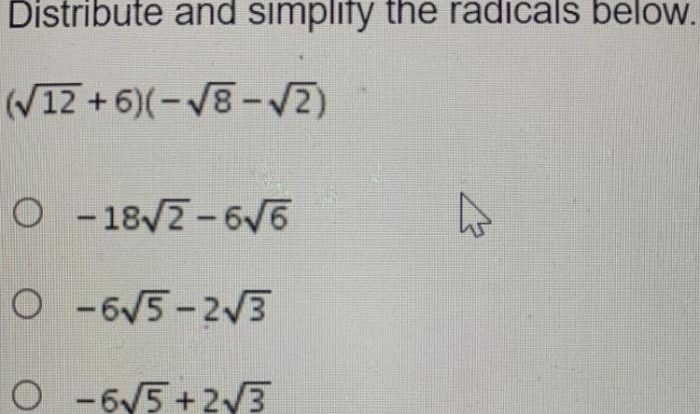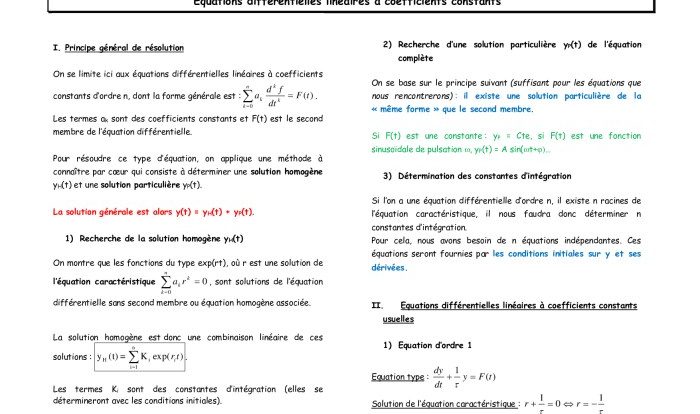Unit 3 test study guide relations and functions answer key – Embark on an academic odyssey with the Unit 3 Test Study Guide: Relations and Functions Answer Key, a comprehensive guide that unlocks the intricacies of these fundamental mathematical concepts. This guide empowers students with a thorough understanding of relations and functions, equipping them to excel in their studies and problem-solving endeavors.
Delve into the diverse types of relations and functions, exploring their properties, operations, and applications. Discover the significance of reflexivity, symmetry, and transitivity in relations, and grasp the nuances of injectivity, surjectivity, and bijectivity in functions. Engage in hands-on exercises to master the techniques of union, intersection, and composition, and unravel the mysteries of inverse and composite functions.
1. Understanding Relations and Functions
Relations and functions are two fundamental concepts in mathematics that describe relationships between sets. A relation is a set of ordered pairs, while a function is a special type of relation where each element in the first set is paired with exactly one element in the second set.
Different Types of Relations and Functions
- Reflexive relation:Every element is related to itself.
- Symmetric relation:If (a, b) is in the relation, then (b, a) is also in the relation.
- Transitive relation:If (a, b) and (b, c) are in the relation, then (a, c) is also in the relation.
- One-to-one function:Each element in the first set is paired with only one element in the second set.
- Onto function:Every element in the second set is paired with at least one element in the first set.
- Bijective function:Both one-to-one and onto.
Examples of Relations and Functions
- The relation (1, 2), (2, 3), (3, 4) is a one-to-one function.
- The relation (1, 2), (1, 3), (2, 4) is not a function because the element 1 is paired with two different elements.
- The relation (1, 1), (2, 2), (3, 3) is a reflexive relation.
- The relation (1, 2), (2, 3), (3, 1) is a symmetric relation.
2. Properties of Relations and Functions

Properties of Relations
- Reflexivity:Every element is related to itself.
- Symmetry:If (a, b) is in the relation, then (b, a) is also in the relation.
- Transitivity:If (a, b) and (b, c) are in the relation, then (a, c) is also in the relation.
Properties of Functions
- Injectivity:Each element in the first set is paired with only one element in the second set.
- Surjectivity:Every element in the second set is paired with at least one element in the first set.
- Bijectivity:Both injective and surjective.
Examples of Relations and Functions Satisfying Specific Properties
- The relation (1, 1), (2, 2), (3, 3) is a reflexive relation.
- The relation (1, 2), (2, 3), (3, 1) is a symmetric relation.
- The relation (1, 2), (2, 3), (3, 4) is an injective function.
- The relation (1, 2), (2, 3), (3, 2) is a surjective function.
- The relation (1, 2), (2, 3), (3, 4) is a bijective function.
3. Operations on Relations and Functions
Operations on Relations
- Union:The union of two relations is the set of all ordered pairs that are in either relation.
- Intersection:The intersection of two relations is the set of all ordered pairs that are in both relations.
- Composition:The composition of two relations is the set of all ordered pairs (a, c) such that there exists an element b such that (a, b) is in the first relation and (b, c) is in the second relation.
Operations on Functions
- Union:Same as the union of relations.
- Intersection:Same as the intersection of relations.
- Composition:Same as the composition of relations.
Examples of Performing Operations on Relations and Functions
- The union of the relations (1, 2), (2, 3) and (2, 4), (3, 5) is (1, 2), (2, 3), (2, 4), (3, 5).
- The intersection of the relations (1, 2), (2, 3) and (2, 3), (3, 4) is (2, 3).
- The composition of the functions f(x) = x + 1 and g(x) = x^2 is the function h(x) = (x + 1)^2.
4. Inverse and Composite Functions: Unit 3 Test Study Guide Relations And Functions Answer Key
Inverse Functions
The inverse of a function f(x) is a function g(x) such that f(g(x)) = x and g(f(x)) = x for all x in the domain of f.
Composite Functions
The composite function of two functions f(x) and g(x) is the function h(x) = f(g(x)).
Examples of Finding the Inverse and Composite Functions, Unit 3 test study guide relations and functions answer key
- The inverse of the function f(x) = x^2 is the function g(x) = √x.
- The composite function of the functions f(x) = x + 1 and g(x) = x^2 is the function h(x) = (x + 1)^2.
5. Applications of Relations and Functions
Relations and functions have numerous applications in various fields, including:
Mathematics
- Graph theory
- Algebra
- Calculus
Science
- Physics
- Chemistry
- Biology
Engineering
- Electrical engineering
- Mechanical engineering
- Computer science
Importance of Relations and Functions in Problem-Solving
Relations and functions provide a powerful framework for representing and solving problems in a wide range of fields. By understanding the properties and operations of relations and functions, we can develop effective solutions to complex problems.
Essential Questionnaire
What is the difference between a relation and a function?
A relation is a set of ordered pairs, while a function is a special type of relation where each input has only one output.
What are the properties of a reflexive relation?
A reflexive relation is a relation where every element is related to itself.
How do you find the inverse of a function?
To find the inverse of a function, you switch the roles of the input and output variables.


